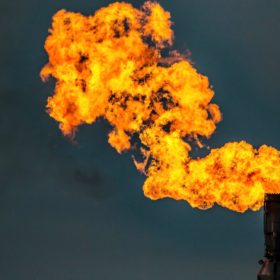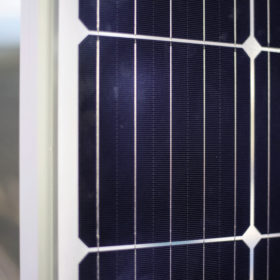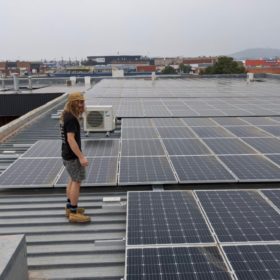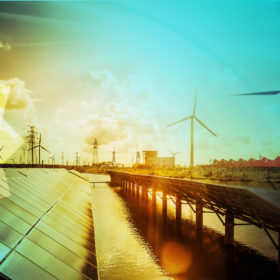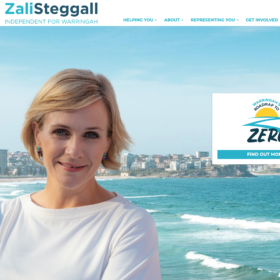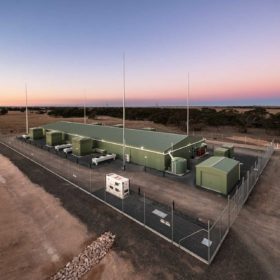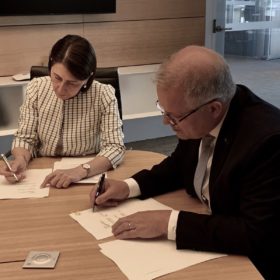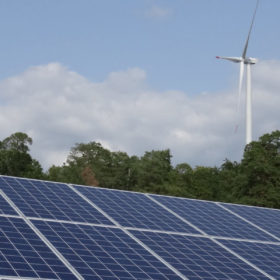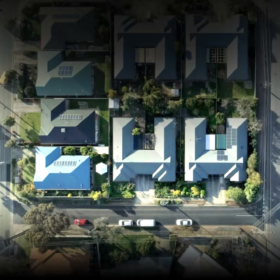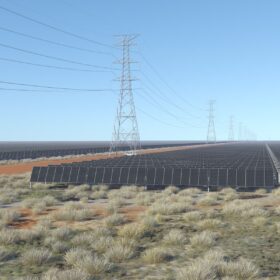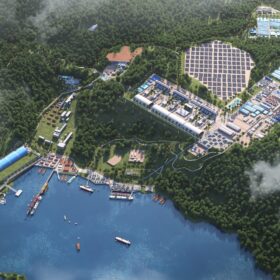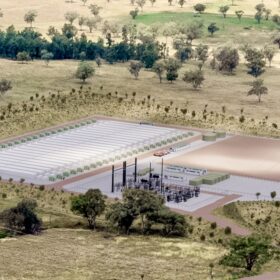Community energy movement: Reductions enable Resilience
Even a casual observer of the political debate over climate change in Australia would almost have whiplash from the abrupt turn from low-key climate denialism to focus on resilience and adaptation in the face of climate catastrophes.
Scott Morrison’s gas transition plan is a dangerous road to nowhere
As Australia continues to battle horrific bushfires, Prime Minister Scott Morrison has announced a renewed focus on gas-fired electricity to reduce emissions and lower energy prices. This is a dangerous and completely unnecessary route.
UNSW Sydney: Preventing LID in a 23.83% efficient Longi PERC cell
Australian researchers have unveiled hydrogenation technology to reduce light and elevated temperature-induced degradation in Czochralski silicon PERC solar cells. The developers say the process can minimize degradation without sacrificing performance in cells and modules.
Ona Coffee roasting in 100% solar
Ona Coffee, founded by former World Barista Champion Sasa Sestic, has made the switch to 100% solar at both its roastery and its head office. The solar PV installation, made gradually throughout 2019, is part of the company’s long-term plan to reduce its carbon footprint and become more sustainable.
How to streamline REC trading and stimulate investment in renewables
Australian energy-trading tech company, Power Ledger will enable greater trust and ease of trade in renewable energy certificates through its latest US partnership — “It’s a big deal,” says company co-founder Dr Jemma Green.
Zali Steggall starts a new grassroots campaign to turn climate change around
Last year she pushed Tony Abbott off his pedestal — his long-held seat of Warringah — now the independent MP is delivering on her promises to constituents, and helping them take action to address their climate-change concerns.
Out of the solar forge and into the advisory seat
An energy executive in transition, Alba Ruiz Leon combines recent learnings as head of the team that built Limondale with the analytical resources she now commands as leader of Cornwall Insight Australia.
Clean lucre: ARENA funds renewable-energy marketplace and derivatives
Encouraging money to chase firming of renewables is expected to be just one positive byproduct of a proposed new financial derivatives platform that will allow industry players to hedge against volatility in the pricing of renewable energy.
Morrison-Berejiklian energy deal: Opportunity for renewables or climate deal with the devil?
An energy deal struck between the Morrison and Berejiklian governments that will see more than $2 billion invested to increase gas supply and reduce greenhouse gas emissions from the electricity sector has prompted a flurry of reactions that boil down to two conflicting interpretations of its purpose.
Renewables investment collapses due to network woes and policy uncertainty
In yet another confirmation of a dramatic drop in spending on large-scale renewables in Australia, a new analysis by the Clean Energy Council reveals a fall from 51 projects worth $10.7 billion in 2018 down to 28 projects worth $4.5 billion in 2019. Mounting regulatory risks, under-investment in transmission and policy uncertainty are the main reasons behind investment slow-down, which is set to put greater pressure on reliability and power prices as Australia’s old coal-fired power stations continue to close.

